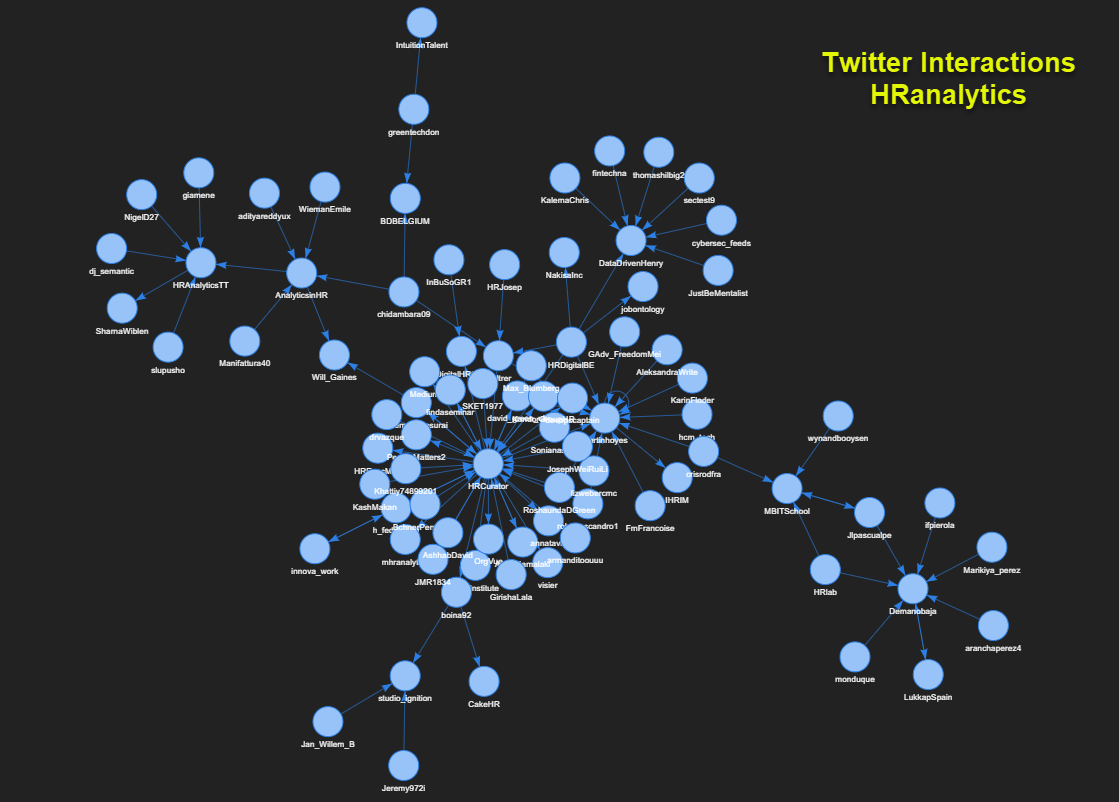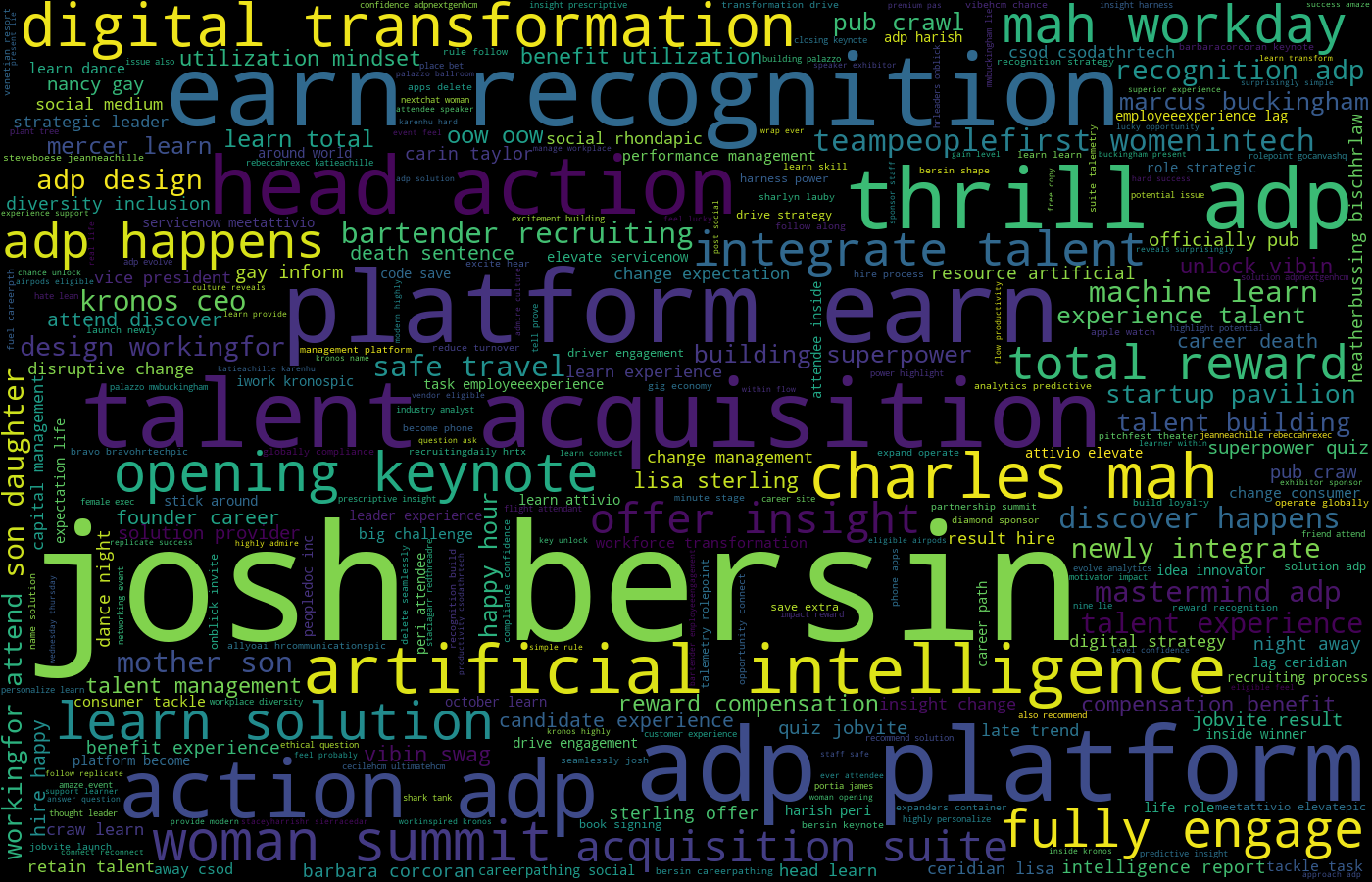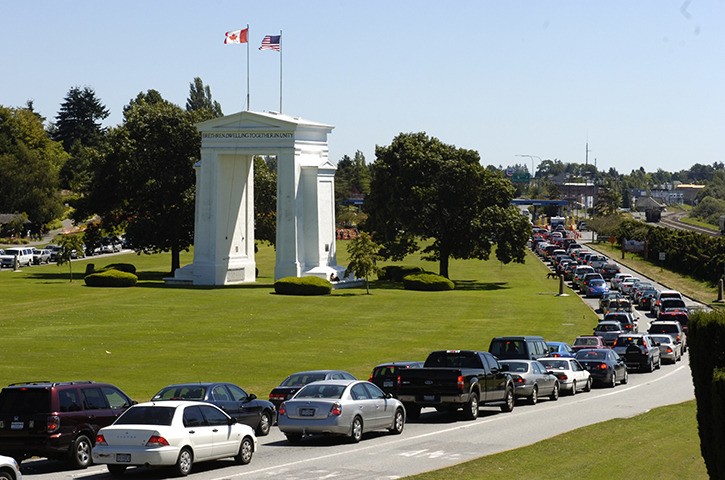Year 2020 is not off to a good start. The ongoing Coronavirus outbreak that originated in Wuhan, China has infected thousands of people worldwide and killed hundreds. Numbers are still rising everyday. With all the quarantine controls and vaccine development, hope this global epidemic will be soon under control.
When we are facing such a global challenge, we take our emotions and concerns to social media and share Coronavirus news with others. Since the outbreak, each day there are hundreds of thousands of tweets about Coronavirus. I decided to run analyses on Twitter feeds and see if I could generate some highlights.
Continue reading “To Know What People Twitter About #Coronavirus In One Minute”








